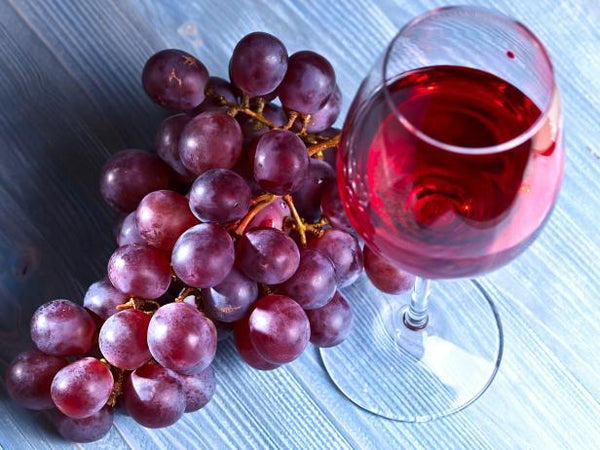Is Cabernet Sauvignon Dry or Sweet?
Jul 08, 2024
Cabernet Sauvignon is predominantly known as a dry wine, a term that signifies it has little to no residual sugar left after the fermentation process. This dryness is one of its defining characteristics, contributing to its global acclaim and versatility. Originating from the Bordeaux region in France, Cabernet Sauvignon has cemented its place as one of the world's most popular and widely planted grape varieties.
Dry Nature of Cabernet Sauvignon
A dry wine, such as Cabernet Sauvignon, undergoes a fermentation process where yeast converts almost all of the grape's natural sugars into alcohol. Cabernet Sauvignon is celebrated for its bold flavours, robust tannins, and high acidity, which create a structured and balanced wine.
The character of Cabernet Sauvignon is complex and layered. It often features dark fruit notes such as blackcurrant, blackberry, and plum, which are complemented with secondary notes that develop from the fermentation process, such as green bell pepper, mint, and eucalyptus. Additionally, aging in oak barrels imparts tertiary flavours like vanilla, cedar, tobacco, and sometimes a hint of spice. This intricate blend of flavours is enhanced by the wine's dryness, which allows the subtleties and complexities to shine through without being overshadowed by sweetness.
Perfect Pairings for Cabernet Sauvignon
Cabernet Sauvignon's dry nature makes it an excellent companion for food pairings. Its high tannin content and acidity help to cleanse the palate and balance out rich, fatty dishes. This is why Cabernet Sauvignon is often paired with red meats, such as steak, lamb, and venison. The wine's bold flavours can stand up to and complement the intensity of these dishes. Additionally, it pairs well with hard cheeses, grilled vegetables, and hearty stews, making it a versatile choice for various culinary experiences.
The dryness of Cabernet Sauvignon also contributes to its aging potential. The wine's tannins act as natural preservatives, allowing it to develop and evolve over many years. As Cabernet Sauvignon ages, its tannins soften, and its flavours become more integrated and complex, often revealing additional layers of earthiness, leather, and dried fruit. This aging process further enhances the wine's appeal and is a testament to its quality and craftsmanship.
High Adaptability
In regions outside of Bordeaux, such as Napa Valley in California, Cabernet Sauvignon has also gained prominence. Winemakers in these areas have adopted and adapted traditional techniques, often producing wines that are slightly fruitier but still maintain the dry characteristic that defines the grape. This adaptability has enabled Cabernet Sauvignon thrive in various climates and soil types around the world, solidifying its reputation as a versatile and resilient variety.|
Cabernet Sauvignon's minimal residual sugar, bold flavors, and robust tannins make it a favorite among wine enthusiasts and a perfect companion for a wide range of foods. Whether it is consumed fresh or aged, the dry quality of Cabernet Sauvignon is a crucial characteristic that enhances its intricacy, backbone, and lasting appeal in the wine industry.
Check out our Cabernet Sauvignon Collection below



















